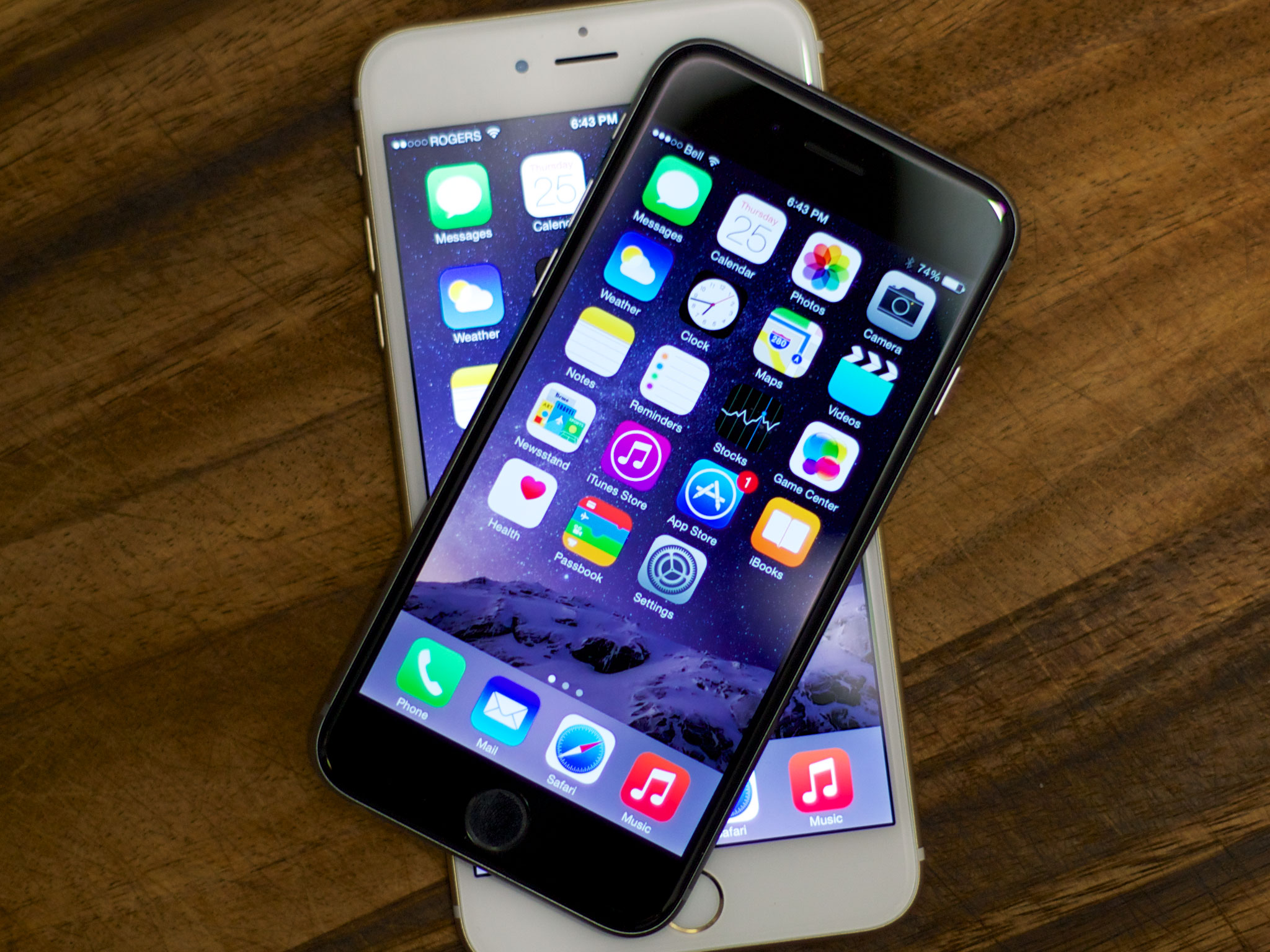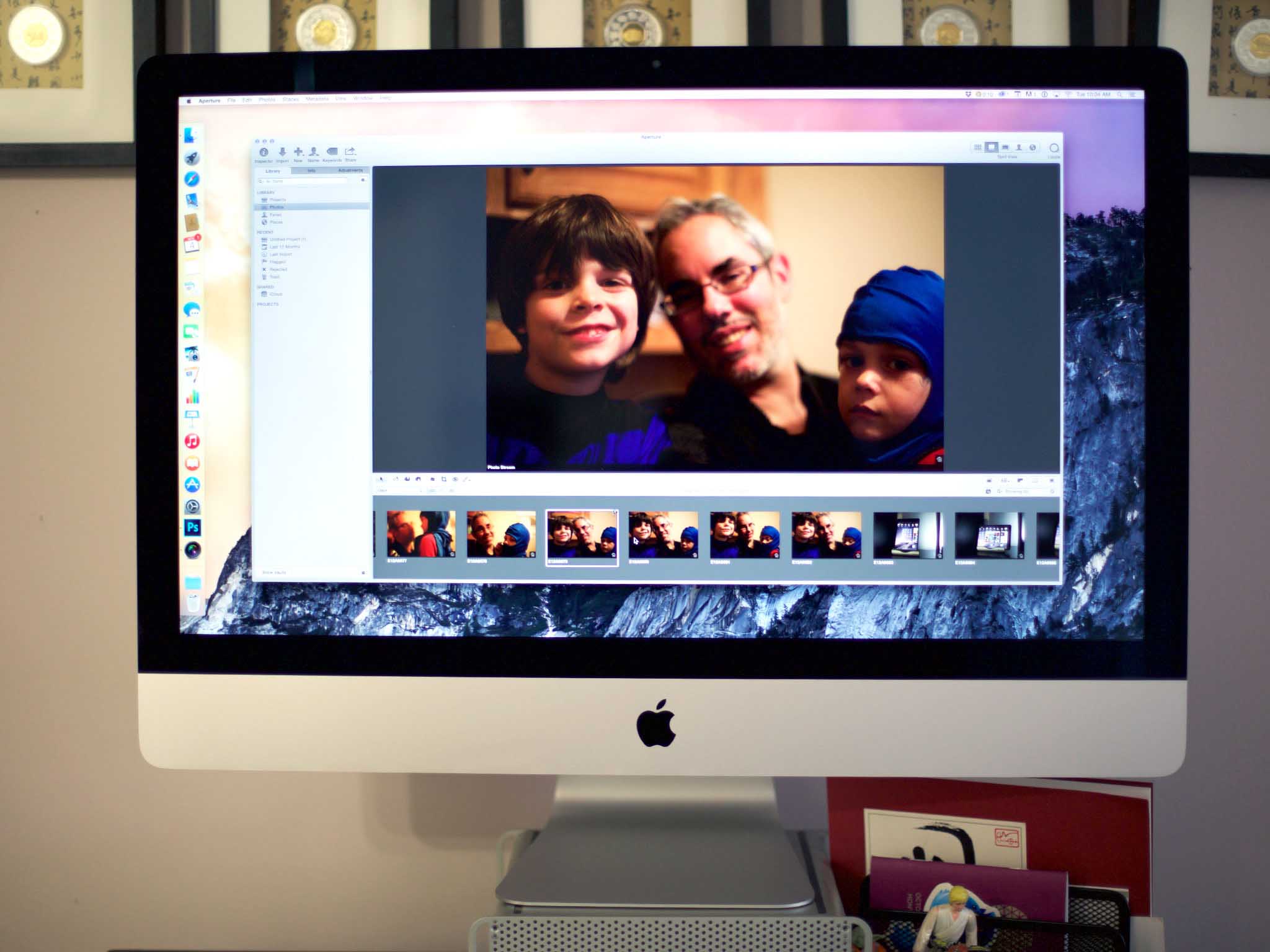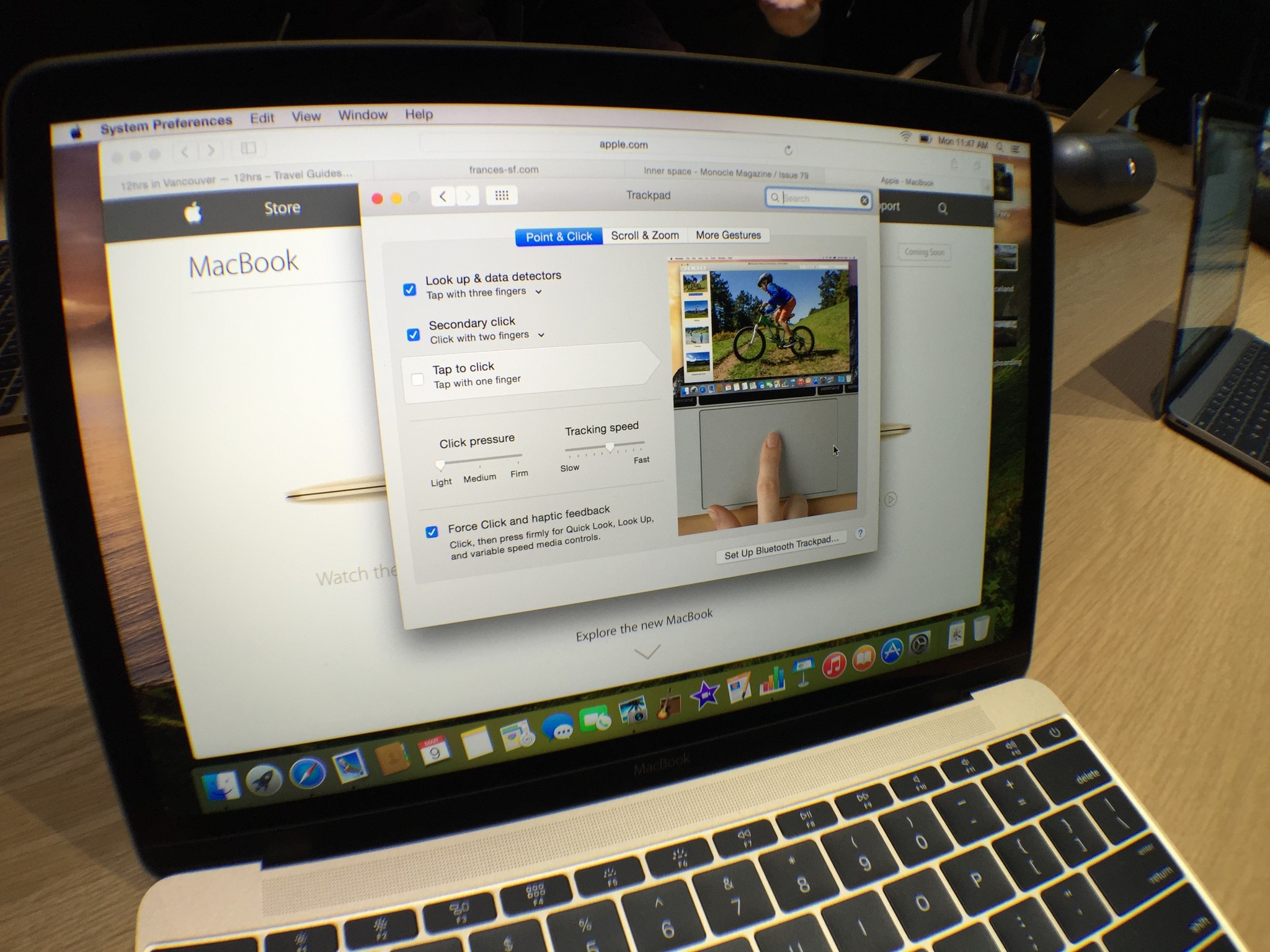Apple's new MacBook: How does its Retina display compare to other Macs?

The new MacBook recently revealed at Apple's Spring Forward event hits stores on April 10th. It's the second MacBook product to feature what Apple calls a "Retina display," joining the Retina MacBook Pro which first appeared in 2012. What does Retina display mean, and how does the new MacBook's Retina display compared to existing Macs?
"Retina" Display

Retina display is a marketing term Apple came up with, originally to describe the display on the iPhone 4. It has no intrinsic medical or technical meaning, but Apple uses "Retina display," "Retina HD Display" and, in the case of the iMac, "Retina 5K Display" to describe the high-res displays on many of its iPhones, iPads, iPod touches and Macs.
What all of these devices have in common is higher-resolution displays than their counterparts. Apple claims that on Retina displays, people with average vision can't make out the individual pixels — each illuminated square on the screen. The number of pixels per inch (PPI) on Retina displays — the pixel density — is much higher than on other displays.
As a result, images on Retina displays look sharper, text looks less jaggy, and stuff is easier to read and easier to look at. It enables Apple and app developers to make user interfaces with finer levels of detail, and it helps you see details you couldn't easily see before.
The iPhone 4 was the first iPhone to sport a Retina display. Retina displays have since been added to the iPad, iPad mini, and iPod touch. The new Apple Watch has a Retina display. Apple continues to ratchet up Retina display quality: The iPhone 4, 5, and 6 all have 326 PPI displays; the iPhone 6 Plus has a 401 PPI display; the Apple Watch will sport 290 or 302 PPI displays depending on whether you pick the 38 or 42 mm version.
iOS devices and watches aren't the only ones to get the Retina display treatment. Apple began offering MacBook Pros with Retina displays beginning in 2012.
The actual pixel density of the MacBook Pro with Retina display is lower than the iPhone, because the typical viewing distance is much further away. You usually look at your phone from about 10-12 inches (25-30 centimeters) from your face. You typically look at a computer screen from closer to two feet (61 cm).
Master your iPhone in minutes
iMore offers spot-on advice and guidance from our team of experts, with decades of Apple device experience to lean on. Learn more with iMore!
Mac Retina displays compared

The Retina MacBook Pro comes in 13 and 15-inch sizes. Both of them have similar pixel density: 227 and 220 pixels per inch, respectively. The 13-inch screen has an actual resolution of 2560 x 1600, while the 15-inch screen's physical resolution is 2880 x 1800 (OS X scales to lower resolutions so you can actually see what you're doing).
The 5K iMac is the second Mac model to get the Retina display treatment. This premium 27-inch iMac model gets a screen with 5120 x 2880 resolution — higher even than the brilliant 4K televisions now gracing the media centers of well-heeled consumers. That display has a PPI measurement of 218.
The new MacBook, meanwhile, comes with a 12-inch display, with 2304 x 1440 physical resolution. It supports a scaled resolution as high as 1440 x 900, higher than the old standard-resolution MacBook Pro, but not quite as high as the 13-inch Retina MacBook Pro, which maxes out at 1680 x 1050. The MacBook's Retina display sports an actual PPI measurement of 226, just a single pixel per inch lower than the 13-inch Retina display.
How good is the MacBook display?

The MacBook's display is going to be just as sharp and clear as the 13-inch Retina MacBook Pro. It's a physically smaller display, however — it measures an inch smaller than the rMBP.
Apple's also set up OS X to scale the graphics on the MacBook a little differently. Not only is the screen smaller, but it will scale fewer pixels than the Retina MacBook Pro, so you won't see as much text or graphics on the screen.
Apple's optimized the Retina display on the MacBook to look the best for the most people. And it's gorgeous. Don't take our word for it, though: On April 10th, go to your local Apple Store and take a look.
Have any questions about the new MacBook, or Retina displays? Let me know!

